-
 Bitcoin
Bitcoin $117800
0.49% -
 Ethereum
Ethereum $4432
0.55% -
 XRP
XRP $3.106
1.07% -
 Tether USDt
Tether USDt $1.001
0.01% -
 BNB
BNB $835.8
1.74% -
 Solana
Solana $189.1
2.72% -
 USDC
USDC $0.9999
-0.01% -
 Dogecoin
Dogecoin $0.2302
3.65% -
 TRON
TRON $0.3485
-0.69% -
 Cardano
Cardano $0.9212
-0.91% -
 Hyperliquid
Hyperliquid $46.97
1.45% -
 Chainlink
Chainlink $22.77
5.61% -
 Stellar
Stellar $0.4284
0.82% -
 Sui
Sui $3.766
2.82% -
 Bitcoin Cash
Bitcoin Cash $583.5
-0.82% -
 Ethena USDe
Ethena USDe $1.001
0.03% -
 Hedera
Hedera $0.2512
2.78% -
 Avalanche
Avalanche $24.18
2.27% -
 Litecoin
Litecoin $120.2
2.10% -
 Toncoin
Toncoin $3.450
1.96% -
 UNUS SED LEO
UNUS SED LEO $9.412
-0.92% -
 Shiba Inu
Shiba Inu $0.00001298
2.35% -
 Uniswap
Uniswap $10.99
3.75% -
 Polkadot
Polkadot $3.962
3.09% -
 Dai
Dai $1.000
0.00% -
 Bitget Token
Bitget Token $4.643
1.38% -
 Cronos
Cronos $0.1511
-0.08% -
 Ethena
Ethena $0.7246
3.18% -
 Monero
Monero $254.9
7.90% -
 Pepe
Pepe $0.00001100
3.32%
How does the token destruction mechanism work? Analyze its regulatory effect on supply and demand
Token destruction reduces supply by permanently removing tokens, potentially increasing value if demand stays constant or grows, but transparency is crucial for trust.
May 16, 2025 at 07:36 am
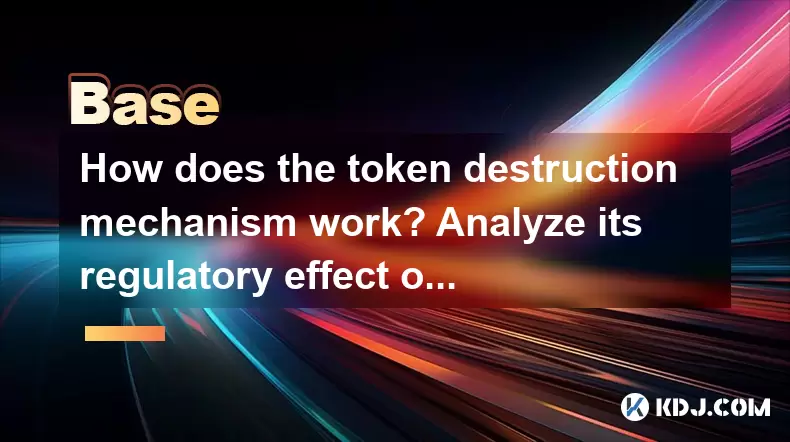
The token destruction mechanism, also known as token burning, is a process by which a certain number of tokens are permanently removed from circulation. This process is intended to influence the supply and demand dynamics of a cryptocurrency, potentially increasing its value by reducing the total supply. Let's delve into how this mechanism works and analyze its regulatory effect on supply and demand.
The Basics of Token Destruction
Token destruction involves transferring tokens to a designated address from which they cannot be retrieved. This address is often referred to as a "burn address" or "dead wallet." The primary goal of this process is to decrease the total supply of tokens in circulation, which can have various impacts on the market.
To execute token destruction, the process typically involves the following steps:
- Identify the Tokens to Burn: The project team or community decides which tokens will be destroyed. This could be a percentage of transaction fees, unsold tokens from an initial coin offering (ICO), or any other tokens deemed necessary for burning.
- Transfer to Burn Address: The selected tokens are then transferred to the burn address. This address is usually a publicly known address with no private key, ensuring that the tokens are permanently removed from circulation.
- Verify and Publicize: After the transfer, the transaction is verified on the blockchain, and the details are often publicized to the community to maintain transparency.
Impact on Supply
Token destruction directly affects the total supply of a cryptocurrency. By removing tokens from circulation, the overall number of tokens available in the market decreases. This reduction in supply can lead to several potential outcomes:
- Increased Scarcity: With fewer tokens in circulation, the remaining tokens may become more scarce, which can drive up demand if the interest in the project remains constant or grows.
- Potential Value Increase: If demand remains the same or increases while supply decreases, the basic economic principle of supply and demand suggests that the value of the remaining tokens could rise.
Impact on Demand
The impact of token destruction on demand is more nuanced and depends on various factors, including the perception of the project and the market sentiment. Here's how it can influence demand:
- Perceived Value: If the community perceives token destruction as a positive action that benefits the project's long-term health, it can increase demand. Investors may see it as a sign of commitment to the project's success.
- Market Sentiment: Positive news about token destruction can boost market sentiment, leading to increased buying pressure and higher demand. Conversely, if the community views the burning as unnecessary or poorly executed, it could negatively impact demand.
Regulatory Effects on Supply and Demand
The regulatory effect of token destruction on supply and demand is multifaceted. Let's explore how it influences the market dynamics:
- Supply Reduction: As mentioned, token destruction directly reduces the supply of tokens. This reduction can lead to a more concentrated ownership among holders, potentially increasing the token's value if demand remains steady or grows.
- Demand Stimulation: By signaling a commitment to the project's longevity and value, token destruction can stimulate demand. If investors believe that the project team is taking steps to enhance the token's value, they may be more inclined to buy and hold the token.
- Price Stability: In some cases, token destruction can contribute to price stability. By regularly burning a portion of transaction fees, for example, a project can create a predictable reduction in supply, which can help stabilize the token's price over time.
Case Studies of Token Destruction
Several cryptocurrencies have implemented token destruction mechanisms, and their experiences can provide insights into the practical effects on supply and demand. Here are a few notable examples:
- Binance Coin (BNB): Binance, one of the largest cryptocurrency exchanges, uses a portion of its profits to buy back and burn BNB tokens quarterly. This process has led to a significant reduction in the total supply of BNB over time, which has contributed to its value increase.
- Ripple (XRP): Ripple has implemented a quarterly escrow release and burn mechanism for XRP. A portion of the released XRP is burned, which aims to reduce the overall supply and potentially increase the token's value.
Challenges and Considerations
While token destruction can have positive effects on supply and demand, there are also challenges and considerations that projects must address:
- Transparency and Trust: For token destruction to be effective, it must be transparent and verifiable. Projects need to ensure that the community trusts the process and believes that the tokens are indeed being removed from circulation.
- Balancing Supply and Demand: Projects must carefully consider the rate of token destruction to avoid overcorrecting the supply. If too many tokens are burned too quickly, it could lead to unintended consequences such as extreme price volatility.
- Regulatory Compliance: Depending on the jurisdiction, token destruction may be subject to regulatory scrutiny. Projects must ensure that their burning mechanisms comply with relevant laws and regulations.
Frequently Asked Questions
Q: Can token destruction be reversed?
A: No, once tokens are transferred to a burn address, they are permanently removed from circulation. The burn address has no private key, making it impossible to retrieve the tokens.
Q: How do projects determine the amount of tokens to burn?
A: The amount of tokens to burn can be determined by various factors, including a percentage of transaction fees, a fixed schedule, or community votes. The decision often depends on the project's goals and the desired impact on supply and demand.
Q: Does token destruction always lead to an increase in token value?
A: Not necessarily. While token destruction can potentially increase value by reducing supply, it depends on market sentiment and demand. If the community does not perceive the burning as beneficial, it may not lead to an increase in value.
Q: Are there any risks associated with token destruction?
A: Yes, there are risks, including the potential for overcorrecting the supply, which could lead to extreme price volatility. Additionally, if the process is not transparent, it could erode trust in the project.
Disclaimer:info@kdj.com
The information provided is not trading advice. kdj.com does not assume any responsibility for any investments made based on the information provided in this article. Cryptocurrencies are highly volatile and it is highly recommended that you invest with caution after thorough research!
If you believe that the content used on this website infringes your copyright, please contact us immediately (info@kdj.com) and we will delete it promptly.
- Kazakhstan's Crypto Leap: Bitcoin ETF and Central Asia's Digital Finance Future
- 2025-08-13 12:45:19
- BlockDAG Presale Blazes Past $371M: Fundraising Frenzy Fuels Crypto Sensation
- 2025-08-13 13:05:21
- Meme Coins: Chasing the 2025 Surge – Which Will Moonshot?
- 2025-08-13 10:25:23
- Bitcoin's Wild Ride: Rally, Pullback, and What's Next
- 2025-08-13 10:25:23
- Bitcoin, Bitmax, and Institutional Demand: A New Era of Crypto Investment
- 2025-08-13 10:45:12
- Solana, ROAM, and Airdrops: What's the Buzz in 2025?
- 2025-08-13 11:35:13
Related knowledge
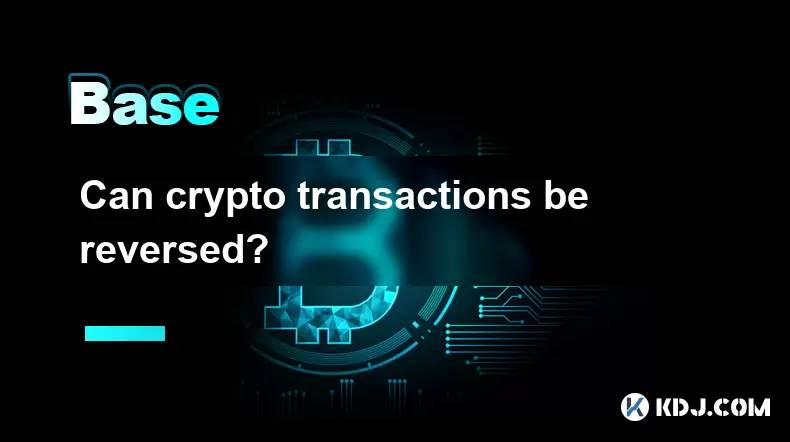
Can crypto transactions be reversed?
Aug 10,2025 at 01:35am
Understanding the Immutability of Blockchain TransactionsCryptocurrency transactions are built on blockchain technology, which is designed to be immut...
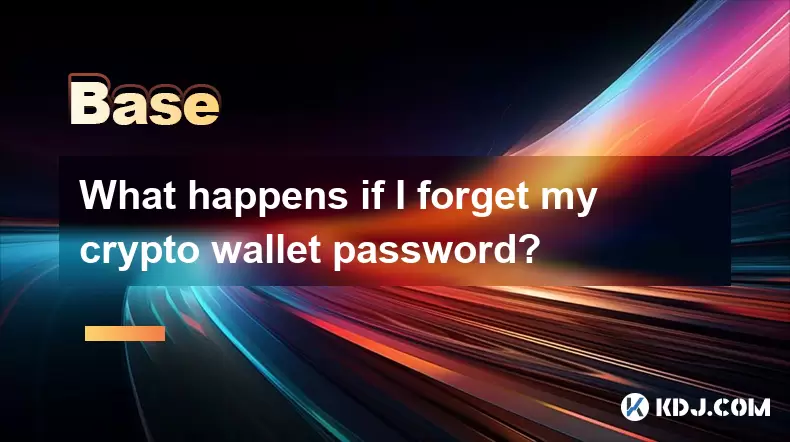
What happens if I forget my crypto wallet password?
Aug 09,2025 at 08:50am
Understanding the Role of a Crypto Wallet PasswordA crypto wallet password serves as a critical security layer that protects access to your digital as...
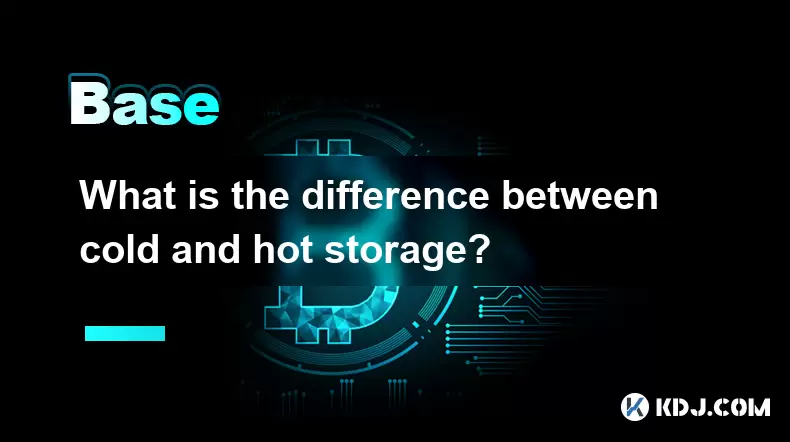
What is the difference between cold and hot storage?
Aug 12,2025 at 01:01am
Understanding Cold Storage in CryptocurrencyCold storage refers to offline methods of storing cryptocurrency private keys, ensuring they are not expos...
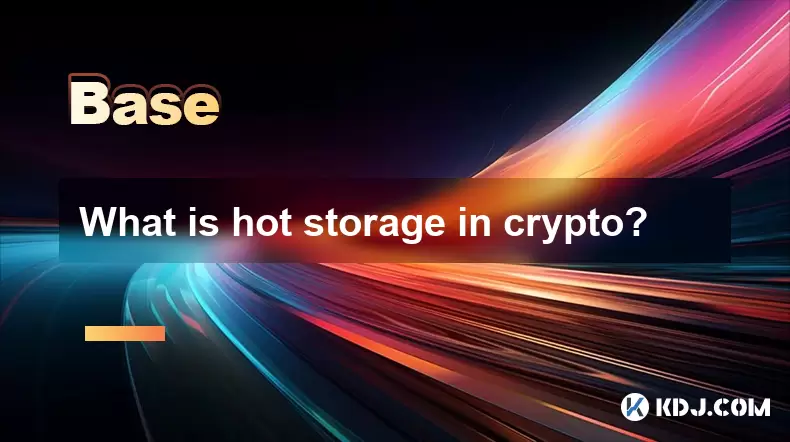
What is hot storage in crypto?
Aug 11,2025 at 07:08am
Understanding Hot Storage in CryptocurrencyHot storage refers to cryptocurrency wallets that are connected to the internet. Unlike cold storage soluti...

What is cold storage in crypto?
Aug 13,2025 at 11:35am
Understanding Cold Storage in CryptocurrencyCold storage in cryptocurrency refers to a method of storing digital assets offline, away from internet-co...
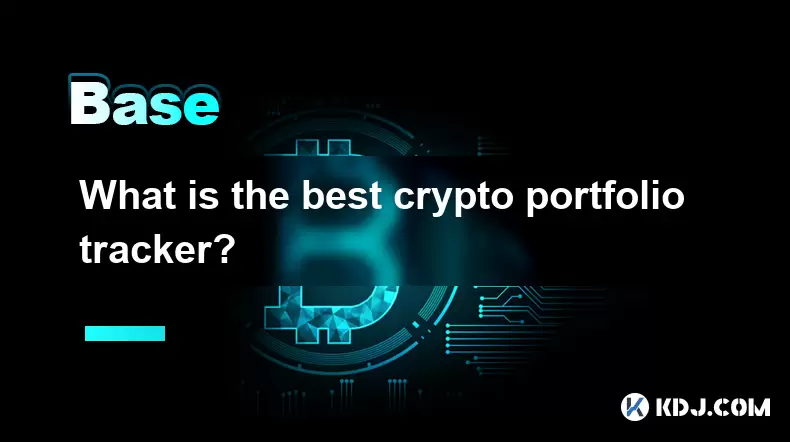
What is the best crypto portfolio tracker?
Aug 10,2025 at 05:08am
Understanding the Role of a Crypto Portfolio TrackerA crypto portfolio tracker is a digital tool designed to help investors monitor the performance of...

Can crypto transactions be reversed?
Aug 10,2025 at 01:35am
Understanding the Immutability of Blockchain TransactionsCryptocurrency transactions are built on blockchain technology, which is designed to be immut...

What happens if I forget my crypto wallet password?
Aug 09,2025 at 08:50am
Understanding the Role of a Crypto Wallet PasswordA crypto wallet password serves as a critical security layer that protects access to your digital as...

What is the difference between cold and hot storage?
Aug 12,2025 at 01:01am
Understanding Cold Storage in CryptocurrencyCold storage refers to offline methods of storing cryptocurrency private keys, ensuring they are not expos...

What is hot storage in crypto?
Aug 11,2025 at 07:08am
Understanding Hot Storage in CryptocurrencyHot storage refers to cryptocurrency wallets that are connected to the internet. Unlike cold storage soluti...

What is cold storage in crypto?
Aug 13,2025 at 11:35am
Understanding Cold Storage in CryptocurrencyCold storage in cryptocurrency refers to a method of storing digital assets offline, away from internet-co...

What is the best crypto portfolio tracker?
Aug 10,2025 at 05:08am
Understanding the Role of a Crypto Portfolio TrackerA crypto portfolio tracker is a digital tool designed to help investors monitor the performance of...
See all articles

























































































